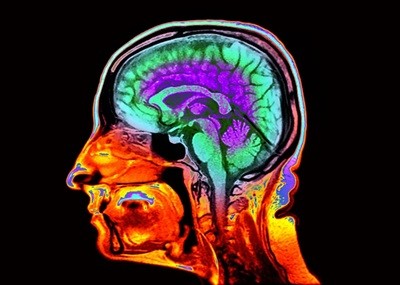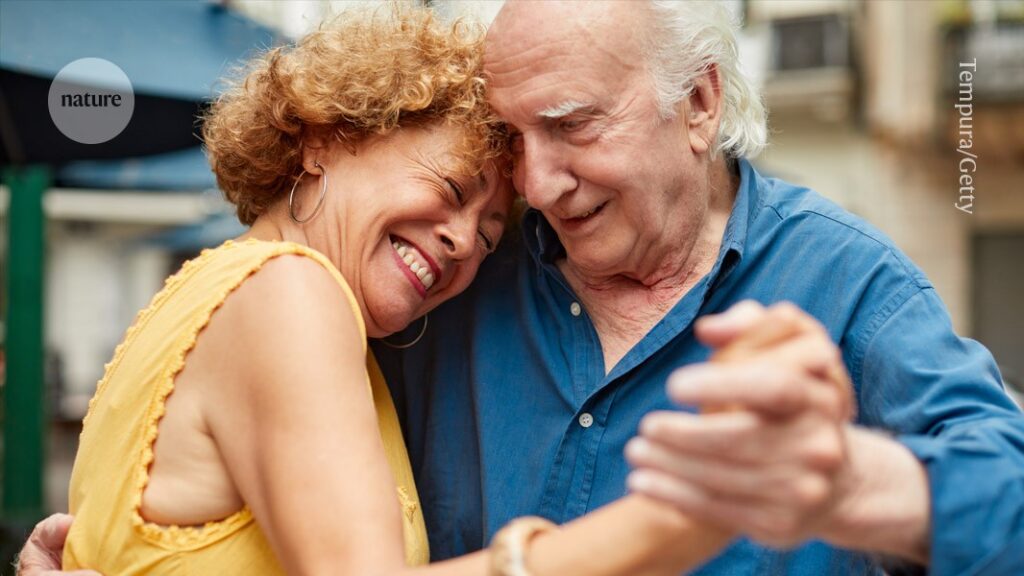The tango’s complexity might make it particularly good for keeping the brain young.Credit: Tempura/Getty
Whether it’s dancing the tango or playing the guitar, engaging in a creative pastime can slow brain ageing, according to a study of dancers, musicians, artists and video game players from multiple countries.
The analysis used brain clocks — models that measure the difference between a person’s chronological age and the age their brain appears to be — to assess whether creative activities help to maintain neurological youth. In brain regions that are most susceptible to ageing, engaging in creative activities increased connections with different areas of the brain. Although experts had ‘younger’ brains than their less-experienced counterparts did, even learning a creative skill from scratch had an anti-ageing effect on the brain.
The findings were published on 3 October in Nature Communications1.
Song and dance
Previous studies suggest that engaging in creative activities can help to keep the brain young and foster emotional well-being. But few have investigated the biological basis of these brain benefits or what drives them, says study co-author Agustín Ibáñez, a neuroscientist at Adolfo Ibáñez University in Santiago, Chile. “There is really poor mechanistic evidence,” he says.

How fast are you ageing? Ordinary brain scans reveal the pace
To address this gap, Ibáñez and his colleagues created brain clocks using neuroimaging data of brain activity taken from 1,240 participants across 10 countries. These machine-learning models used functional connectivity, a measure of how brain regions work together, to estimate brain age. The researchers then applied their brain clocks to 232 tango dancers, musicians, visual artists and video game players of different ages and experience levels to calculate their ‘brain age gap’ — the difference between their predicted brain age and their actual age.
Overall, all four creative pursuits seemed to delay brain ageing. The more skilled and experienced participants were at their chosen activity, the slower their brain aged. This anti-ageing effect was strongest in expert tango dancers, whose brains were, on average, seven years younger than their chronological age. Tango’s cognitively demanding mix of complex movement sequences, coordination and planning makes it a particularly good activity for keeping the brain young, says Ibáñez.
Next, the researchers built a brain map to assess whether creativity has a protective effect on areas that are particularly vulnerable to ageing. They found that creativity had the greatest impact on the frontoparietal region, which controls various functions, including working memory and decision-making. This region is one of the most susceptible areas to age-related decline. In experienced participants, brain connections were notably strong in areas involved in movement control, coordination and rhythm, among others.

